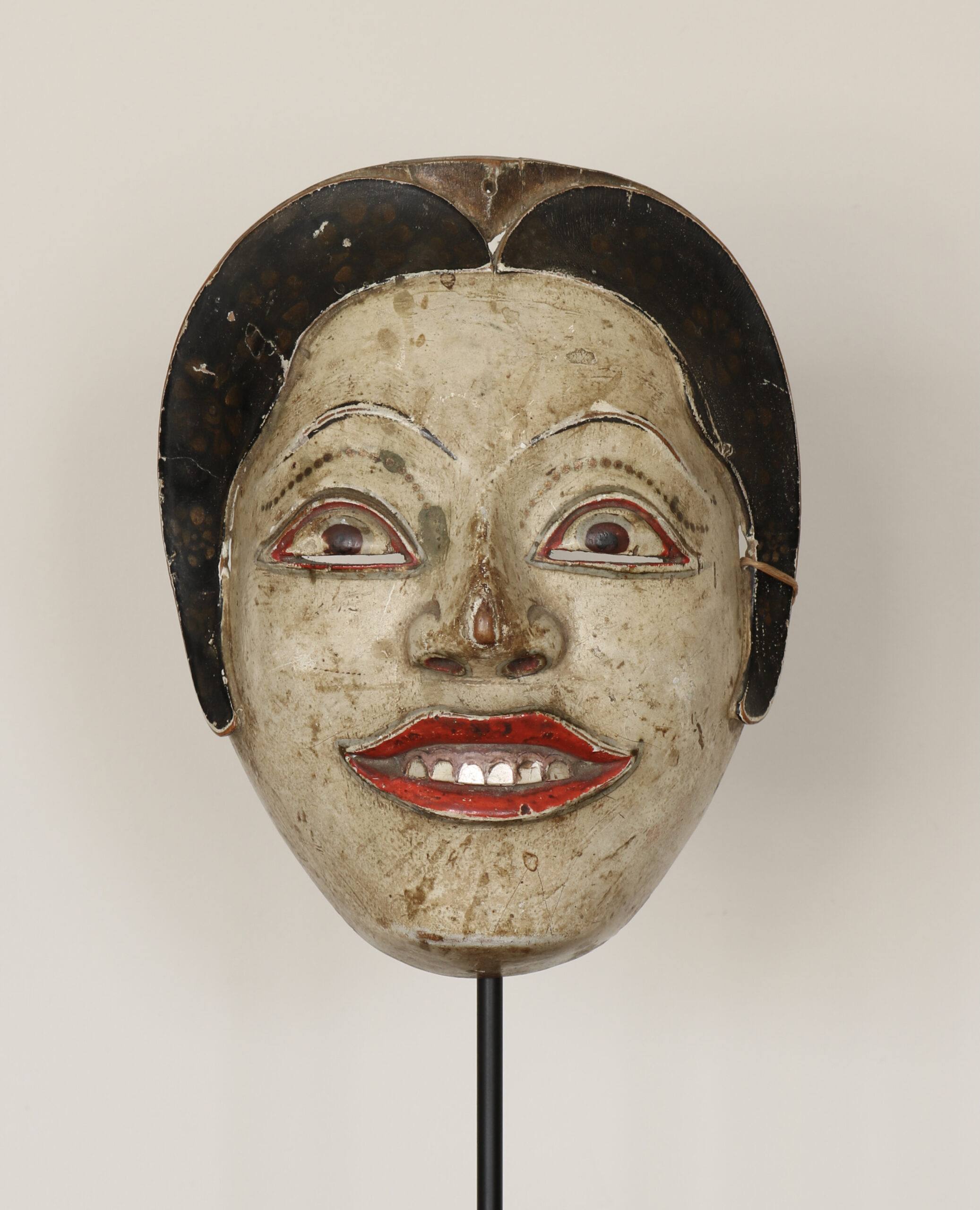Phillip Dodd
Philip Dodd is former Director of London’s Institute of Contemporary Arts, an award-winning broadcaster and Chair of the award winning Made in China (UK) Ltd (www.madeinchinauk.com).
In China, among many other exhibitions, he has curated a five museum retrospective of Sean Scully; in Europe exhibitions of Chinese artists such as Hsiao Chin (at the Mark Rothko Art Centre) and Wang Chuan. He brokered the initial deal that took the V&A Museum to set up in Shenzhen, China; has been Visiting Professor at several universities; and has written and edited books on art, film and literature. He is the executive producer of the feature length documentary Edward Said: the Last Interview.
Zao Wou-Ki, Les attiseurs, 1955
‘Painting is a cultured activity – it is not like spitting, one can’t kid oneself’, said the English artist Frank Auerbach. It is equally true that one has to learn how to look at a painting. So, how does one look at this painting by Zao Wou-Ki, an artist born in Beijing in 1920 who lived in France from 1948?
Zao Wou-Ki was fascinated by early Chinese scripts – are the black marks on this painting calligraphic? In 1955 Zao Wou-ki (whose wife was a composer) became friend with the composer Edgar Varèse. Is this a painting whose aesthetic qualities are analogous to music? Does all art aspire to music? It is undoubtedly the case that as Zao Wou-Ki entered the French artworld he moved towards abstraction but initially worked, as here, on a small scale – it is not until two years later that he would first visit the US when he would encounter the huge canvases of the Abstract Expressionists.
Les attiseurs is oil on canvas but the overall ‘wash’ still seems to remember the ink washes of Chinese painting. The painting’s title can be translated as ‘Those who stir up’. One way of looking at this painting is to say that it stirs up memories of Chinese and European painting. Its marks emerging from the ground have the quality of ghosts. This is a painting which says goodbye to the abstraction/ figuration binary; says
再见 [goodbye] to the choice of ‘either’ Asian ‘or’ European. It seems appropriate that ‘wou-ki’ means ‘without limits’.
My Selection
Head of the Goddess Chamunda
Sandstone
Northwest India, Rajasthan
Early 11th century
Height 45cm
John Eskenazi Ltd.
A Balinese dancer’s mask (topeng)
Late 19th or early 20th century
Wood, pigment, mother of pearl, traces of gold leaf
15 x 19 cm
Jonathan Hope









